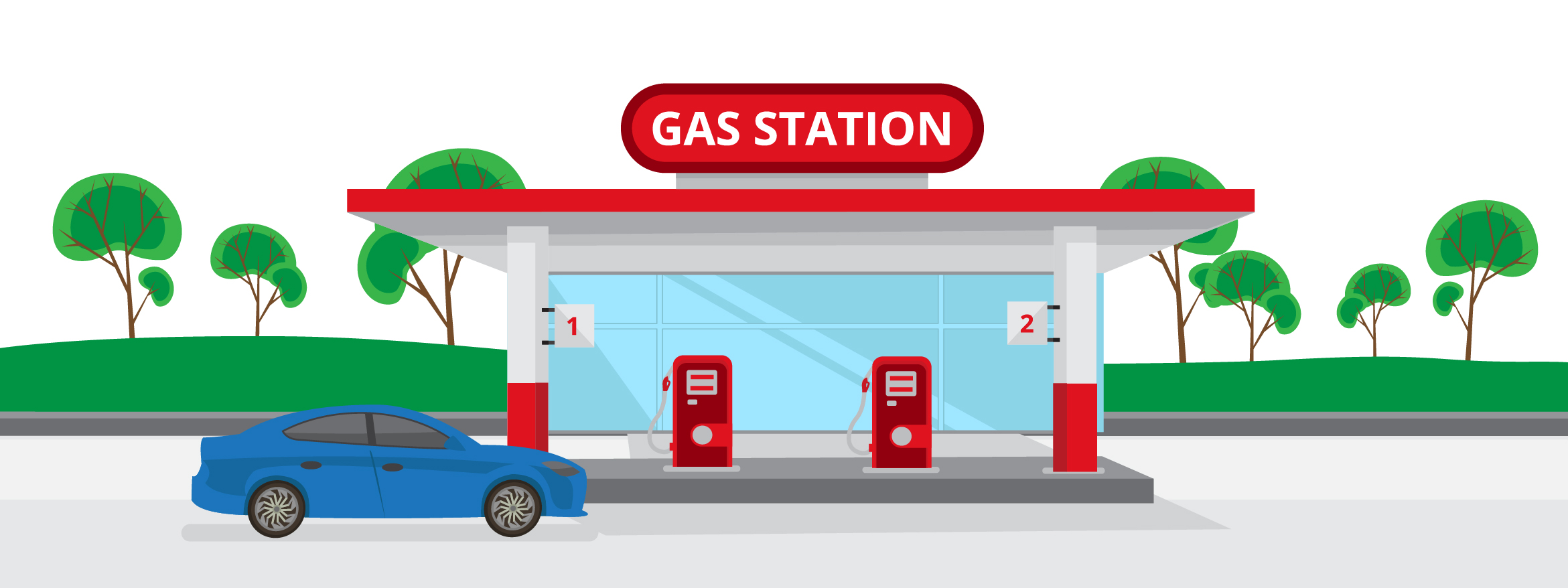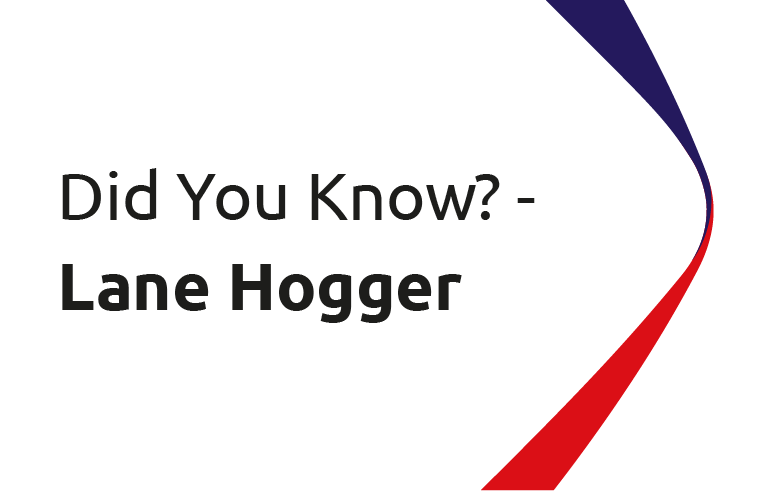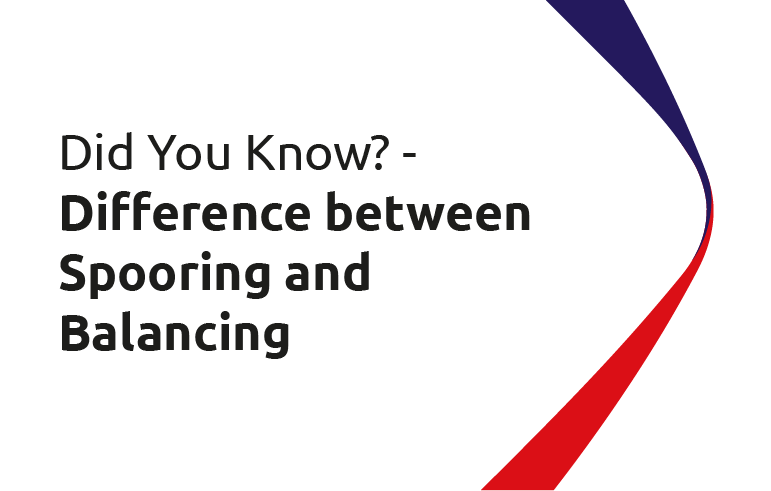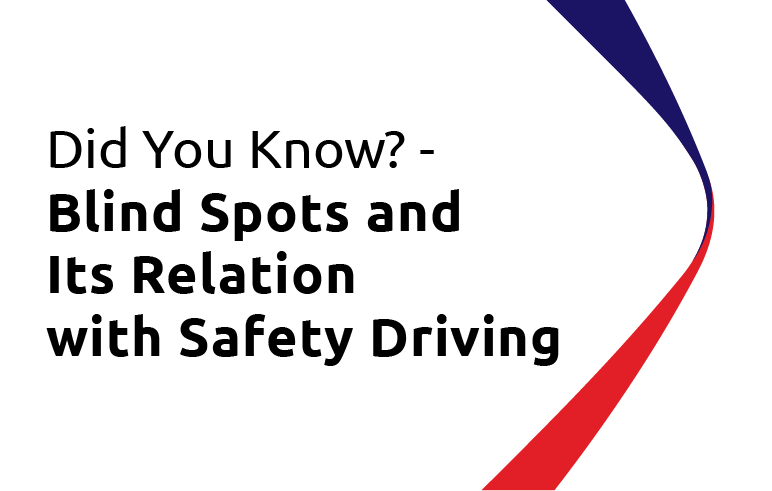Did You Know? - The Right Way to Drive So Your Car Uses Less Fuel

Driving isn't just about reaching your destination, but also about doing it efficiently. Many drivers don't realize that the way they drive greatly affects fuel consumption. Here's how to drive correctly to save more fuel:
- Check Tire Pressure. Before using your vehicle, it's best to check the tire pressure. Underinflated tires make the engine work harder, requiring more throttle, which leads to higher fuel consumption.
- Monitor Engine RPM. For cars with manual transmissions, watching the engine RPM and knowing the optimal torque range is important. Try to shift gears before the RPM exceeds 2,000.
- Choose the Right Route. Try to avoid routes with heavy traffic as stop-and-go traffic makes the engine work harder. Choosing a slightly longer but smoother route can be an effective way to save fuel.
- Maximize Engine Braking. Drivers should be familiar with the road to know the best times to decelerate using the engine instead of sudden braking.
- No Need to Warm Up the Car for Too Long. Letting your car idle for too long wastes fuel. To ensure oil circulation, just start the engine for about 15 – 30 seconds.
- Don’t Let the Engine Idle Too Long When Stationary. Turn off the engine if you'll be stopping for more than a few minutes to avoid wasting fuel.
- Use the AC Wisely. Air conditioning can increase fuel consumption by up to 20%. Open the windows when driving in the city and use the airflow ventilation system on highways. If you do use the AC, choose the recirculation mode.
- Monitor Your Fuel Consumption. Always track and record your fuel expenses and consumption monthly to spot savings opportunities and adjust your driving habits.
- Reduce Trunk Load. If you tend to store many items in the trunk beyond emergency supplies, reconsider your load. Every extra 50 kg of weight can increase fuel consumption by up to 2%.
- Avoid Sudden Braking. Sudden braking increases fuel consumption because you'll need to accelerate again afterwards. This is especially true if you follow the car in front too closely. Besides wasting fuel, tailgating is also dangerous and should be avoided.
By applying the right driving techniques, you can effectively save fuel. An efficient driving style also helps reduce exhaust emissions, making it more environmentally friendly. Start building better driving habits for a more economical and comfortable journey!
Hopefully, the information above can enhance your information regarding the right way to drive so your car uses less fuel. If you need further explanation regarding insurance products from MSIG Indonesia, please contact us at 021 - 2523110 and we will be happy to help you.



